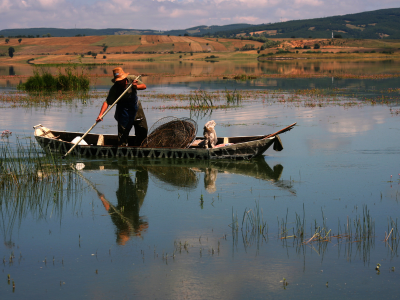
Europe and Central Asia Regional Overview of Food Security and Nutrition 2024
Managing water sustainably for improved food security and nutrition
This report provides the latest updates on hunger, food insecurity and malnutrition in Europe and Central Asia, including the cost and affordability of healthy diets. It also explores the central theme of water security, highlighting its critical connections to agriculture, food security and nutrition. While the region has made progress in reducing hunger and food insecurity (SDG Target 2.1), challenges remain in eliminating all forms of malnutrition (SDG Target 2.2).
Collections
- Country gender assessment series
- Digital agriculture
- Disaster risk reduction and management publication series
- Empowering smallholders and family farms series
- Transboundary animal diseases - Leaflets
Multimedia resources
Publications
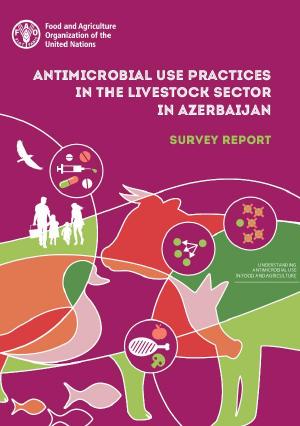
Antimicrobial use practices in the livestock sector in Azerbaijan
11/2025
The Understanding Antimicrobial Use in Food and Agriculture series is a compilation of country reports, each describing antimicrobial use (AMU) practices and awareness of antimicrobial resistance (AMR) in the livestock sector. The data presented in these reports was obtained through knowledge-attitudes-practices (KAP) field surveys conducted with farmers of priority livestock production systems, field veterinarians, veterinary pharmacies, and feed mills.
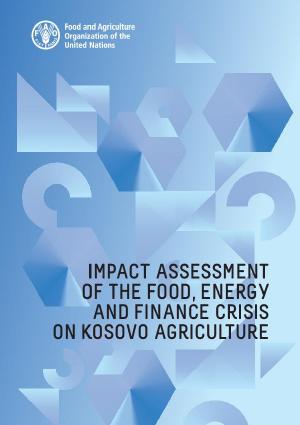
Impact assessment of the food, energy and finance crisis on Kosovo agriculture
11/2025
This report explores how the global food, energy, and financial crisis has affected Kosovo's agricultural sector, examines changes in production factors, input use, yields, profitability, food security, migration, and policy perceptions. Using surveys, analyses, and interviews, it offers insights and recommendations to strengthen resilience and sustainability.
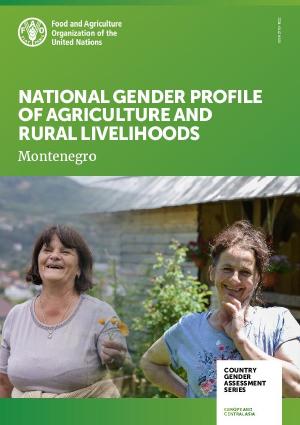
National gender profile of agriculture and rural livelihoods – Montenegro
10/2025
FAO’s first Country Gender Assessment for Montenegro analyses the situation of women and men in agriculture and rural development, identifying key gender gaps and opportunities. It provides a basis for integrating gender perspectives into FAO programmes and national policies for more inclusive, gender-responsive rural development.
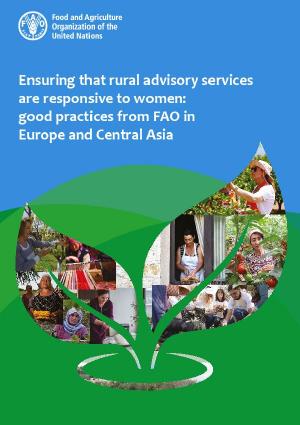
Ensuring that rural advisory services are responsive to women: good practices from FAO experiences in Europe and Central Asia
04/2024
This report builds upon FAO’s work promoting gender mainstreaming in extension and advisory services, cataloguing challenges and suggesting strategies for increasing the gender responsiveness of rural advisory services globally. The purpose of this review is to apply FAO’s accumulated knowledge about gender equality in the context of rural advisory services to assess the situation in the Europe and Central Asia region.
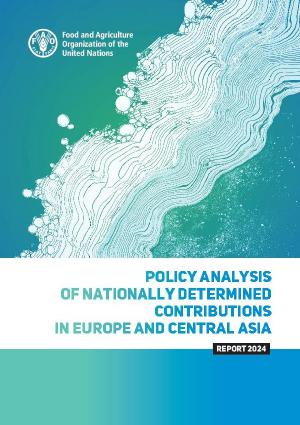
Policy analysis of nationally determined contributions in Europe and Central Asia
10/2025
This publication provides a comprehensive analysis of mitigation and adaptation actions for agrifood systems in the nationally determined contributions (NDCs) of Europe and Central Asia, focusing on progress since the latest NDC Policy Analysis Report from the Food and Agriculture Organization of the United Nations (FAO) in 2021.

National gender profile of agriculture and rural livelihood – Bosnia and Herzegovina
09/2021
Despite the legal and policy foundation of BiH, gender considerations have only marginally been mainstreamed in state and entity policies on rural development or other sectors related to agriculture. At the state level, the Strategic Plan for Rural Development of Bosnia and Herzegovina (2018-2021) addresses support for women as a cross-cutting initiative but fails to fully mainstream gender. 2021, 94 p.
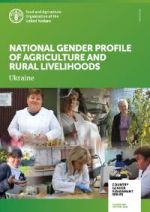
National gender profile of agriculture and rural livelihood – Ukraine, revised
06/2021
Gender equality is a key to eliminating poverty and hunger, as it has been demonstrated by the FAO throughout its research worldwide. As part of the FAO efforts on generating evidence and knowledge, and in compliance with the FAO Policy on Gender Equality, the purpose of the Country Gender Assessment for Ukraine is to contribute to the production of knowledge for better informed, targeted and gender sensitive actions in agriculture and rural development. 22/06/2021
![cc2041en_200[1]](/images/reulibraries/default-album/cc2041en_200-1-.jpg?sfvrsn=b4cd878d_1)
National gender profile of agriculture and rural livelihoods – The Republic of Azerbaijan
07/2022
This country gender assessment (CGA) for the Republic of Azerbaijan was undertaken as part of FAO and national commitments to promote gender equality while integrating a gender perspective into its operations. The resulting CGA report focuses on the intersections of gender, agriculture and rural development, and presents a snapshot of critical gender-based inequalities and their consequences for agricultural production and rural livelihoods in Azerbaijan.
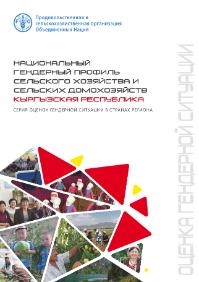
National Gender Profile of Agricultural and Rural Livelihoods – Kyrgyz Republic
06/2016
The purpose of this national gender profile is to collect and compile available data and information from diverse sources in order to shed light on gender disparities in rural settings and the status of rural women across a number of dimensions, with a focus on inequalities in agricultural employment. It aims to provide a picture of the types and degree of the main gender inequalities in agriculture and concerning rural livelihoods in rural Kyrgyzstan. 2016, 68 p.
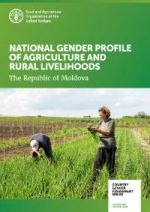
National gender profile of agriculture and rural livelihoods – The Republic of Moldova
05/2022
National gender profile of agriculture and rural livelihoods: the Republic of Moldova reflects FAO’s commitment to promoting gender equality, while integrating a gender perspective into its operations. The report focuses on the intersections of gender, agriculture and rural development, and presents a snapshot of critical gender-based inequalities and their consequences for agricultural production and rural livelihoods in the Republic of Moldova. The assessment includes recommendations.

National Gender Profile of Agricultural and Rural Livelihoods – Republic of Tajikistan
06/2016
The purpose of the National Gender Profile of Agricultural and Rural Livelihoods for Tajikistan is to contribute to the production of knowledge for better informed, targeted and gender sensitive actions in agriculture and rural development. 2016, 56 p.
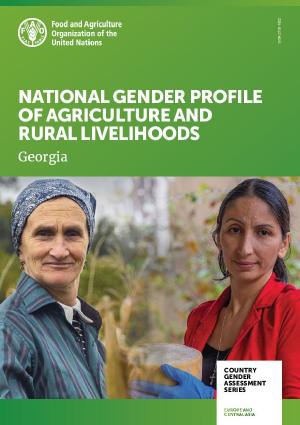
National gender profile of agriculture and rural livelihoods – Georgia
01/2025
The first Country Gender Assessment for Georgia was initiated in 2018, providing an overview of gender dynamics in agriculture and rural development. This comprehensive assessment reviews the progress made since 2018, highlighting critical gaps, new and persistent challenges and progress achieved.
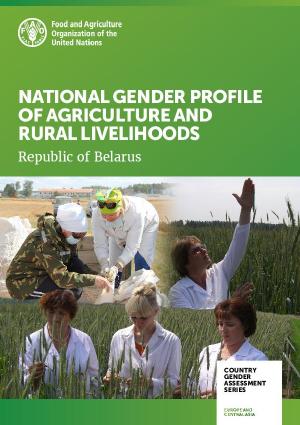
National gender profile of agriculture and rural livelihoods – Republic of Belarus
05/2025
This County Gender Assessment (CGA), the first by FAO for Belarus, identifies gender disparities observed across various dimensions of agriculture and rural livelihoods in the country. The aim of the CGA is to provide a framework and background information as a starting point for more targeted gender analysis in the context of future FAO project design and programming.
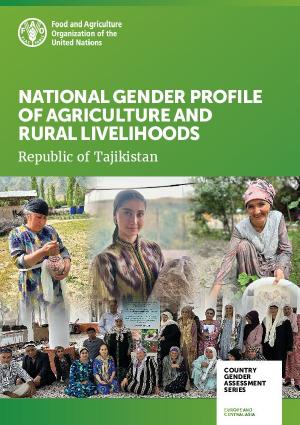
National gender profile of agriculture and rural livelihoods – Republic of Tajikistan
08/2025
The Country Gender Assessment (CGA) for Tajikistan offers a comprehensive analysis of gender equality in agriculture and rural development. It identifies key gender disparities, examines their root causes and impacts, and proposes actionable recommendations for gender-responsive policies. Despite being the main agricultural workforce and playing a critical role in food security, women’s contributions remain undervalued, under-recognized, and largely unpaid.
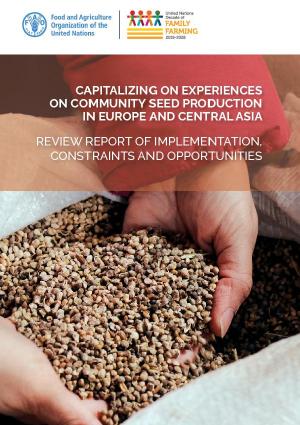
Capitalizing on experiences on community seed production in Europe and Central Asia
10/2025
This publication, "Capitalizing on experiences in community seed production in Europe and Central Asia: Review report of implementation, constraints, and opportunities" examines the concept of community seed production, its link to different types of seed systems, existing challenges, and role of smallholders in community seeds.

Capitalizing on experiences on permaculture in Europe and Central Asia
09/2025
This publication "Capitalizing on experiences on permaculture in Europe and Central Asia: Practical manual for small-food producers", is the second part of a two-part series, which also includes "Capitalizing on experiences on permaculture in Europe and Central Asia: Review report of implementation, constraints, and opportunities". The manual focuses on food and agriculture-related practices that support the integration of sustainable agriculture and food systems into broader ecosystems.
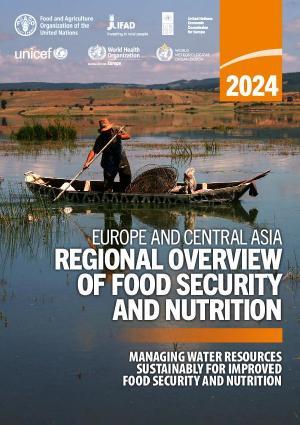
Europe and Central Asia Regional Overview of Food Security and Nutrition 2024 - Managing water sustainably for improved food security and nutrition
03/2025
This report provides the latest updates on hunger, food insecurity and malnutrition in Europe and Central Asia, including the cost and affordability of healthy diets. It also explores the central theme of water security, highlighting its critical connections to agriculture, food security and nutrition.

Geographical indication schemes in Croatia, Hungary and Poland
01/2018
General rules concerning geographical indications (for food products) are the same in all European Union countries. In light of this, the aim of the report is not to focus on the solutions of the community; rather, the report attempts to answer the question of how and for what purpose European quality policy tools are used in these countries.
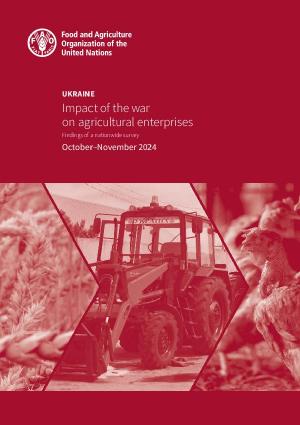
Ukraine: Impact of the war on agricultural enterprises
08/2025
The Food and Agriculture Organization of the United Nations conducted a nationwide survey of 2 612 agricultural enterprises across 23 oblasts of Ukraine between October and November 2024. The survey covered crop and livestock producers of all sizes, excluding areas that were inaccessible at the time of data collection. The survey aimed to assess the impact of the war on agricultural enterprises’ operations, production trends and storage capacity; quantify damage and losses to assets and land...

Europe and Central Asia Gender Newsletter, August 2025 – Issue #19
09/2025
This edition highlights the launch of the Country Gender Assessment for Belarus, the adoption of Uzbekistan’s new Gender Strategy for Agriculture, and progress in Kosovo to strengthen rural women’s land and property rights. It also reports on gender-transformative approaches in fisheries and aquaculture in Tajikistan and FAO’s broader efforts to scale up gender equality work in the country, a landmark parliamentary declaration on rural women’s rights in Montenegro...
